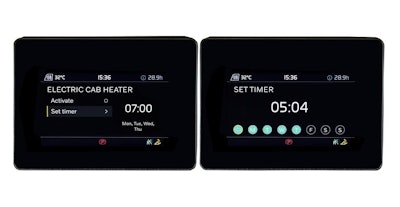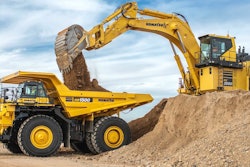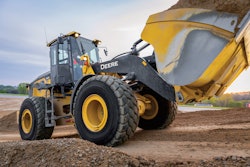One of Volvo’s first commercially available battery-powered machines, the L25 Electric compact wheel loader, has been upgraded to increase versatility, operator comfort and uptime, the company says.
The L25 was unveiled at Bauma 2019, and North American customers started taking delivery of the units earlier this year.
 Volvo Construction Equipment
Volvo Construction Equipment
A new parallel linkage option is now available to complement the standard Z-type linkage. Volvo says the option delivers higher breakout torque and is suited for medium-duty cycles and pallet-handling applications. The maximum speed has also increased to 12 mph for quicker travel around the jobsite.
The already quiet machine gets even quieter inside and outside the cab, thanks to a new hydraulic pump and the relocation of the main control valve from the cab to the front frame. A more ergonomic joystick also enhances operator comfort.
 Volvo Construction Equipment
Volvo Construction Equipment
A new electric parking brake with hill-hold functionality increases safety on rough terrain. And the new spring-applied and hydraulic-released wet-disk brake requires less maintenance than the disc brake in the former model.










